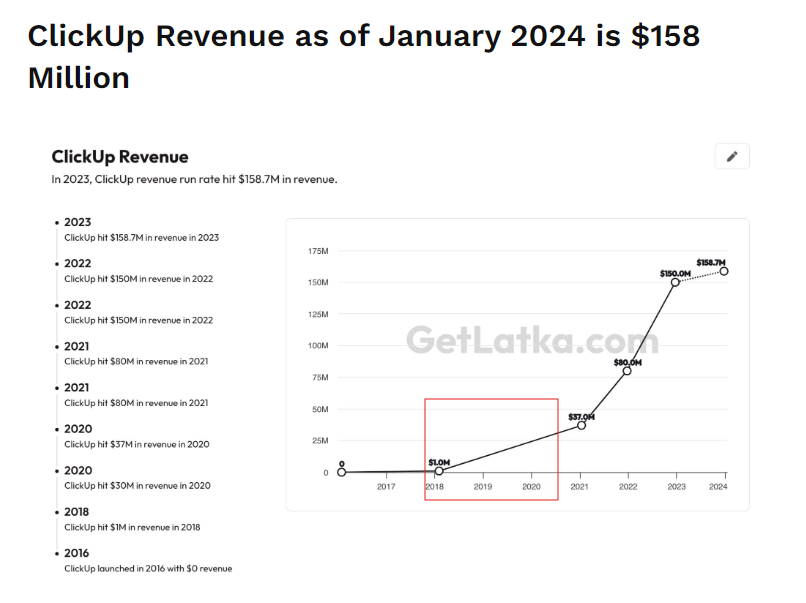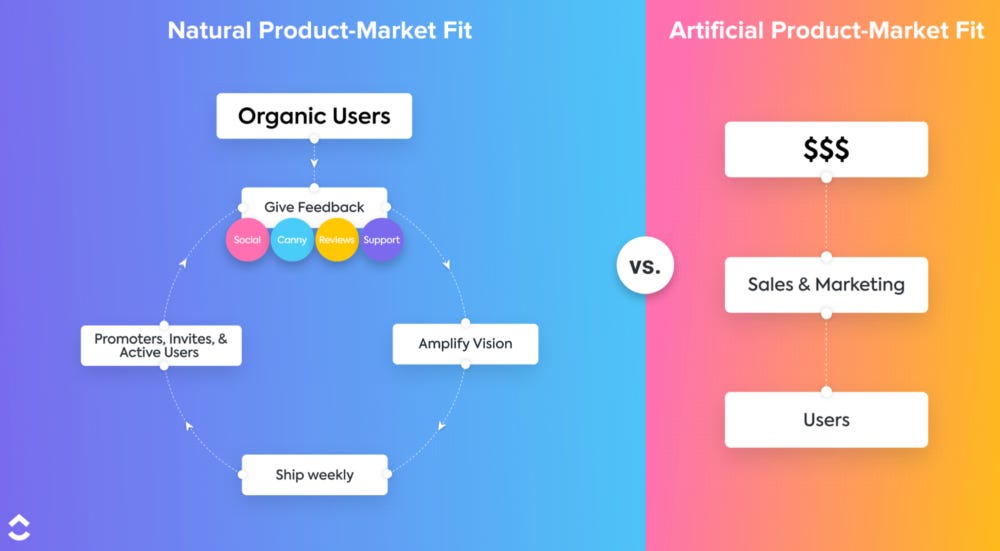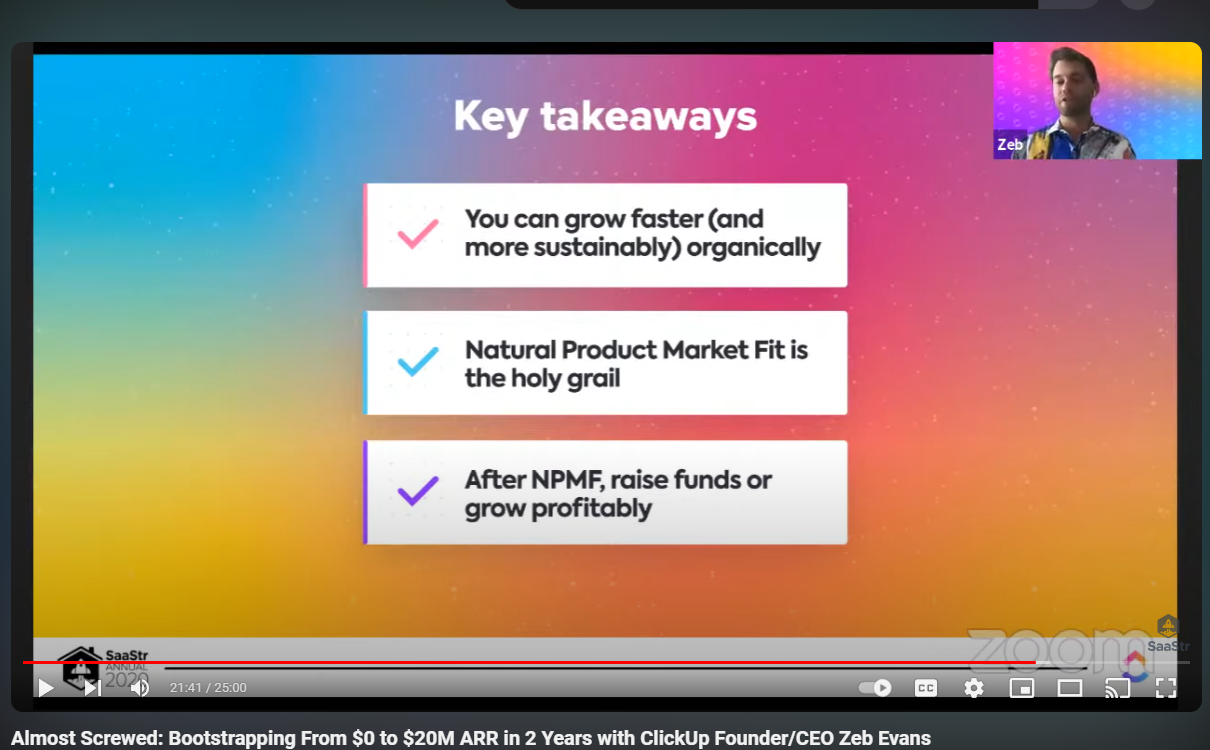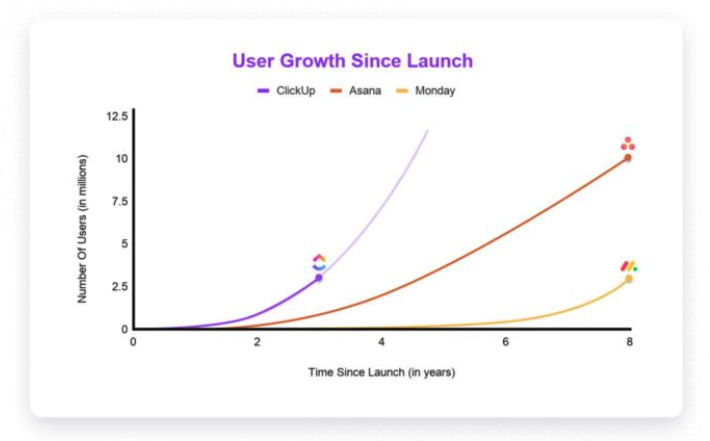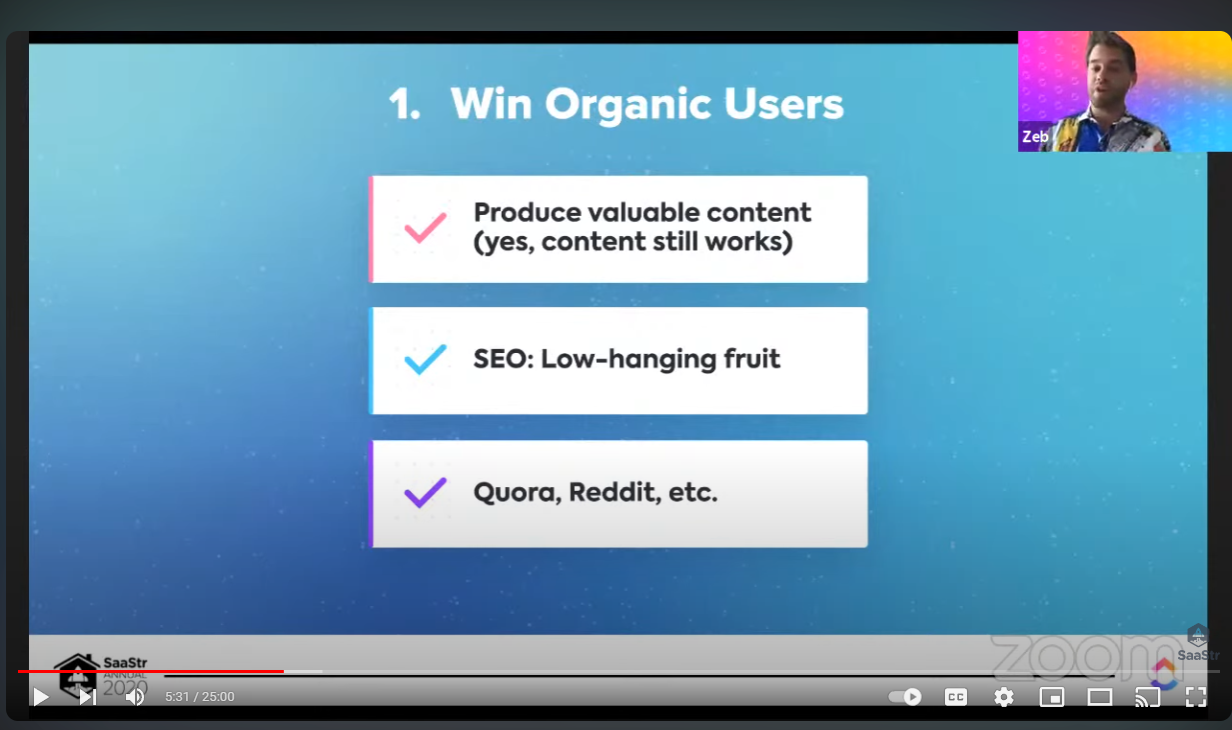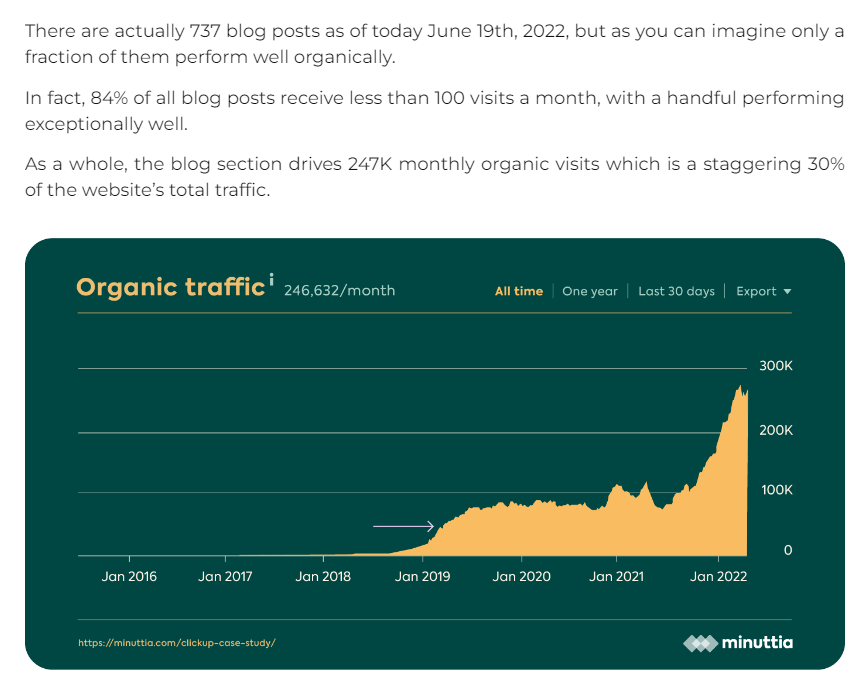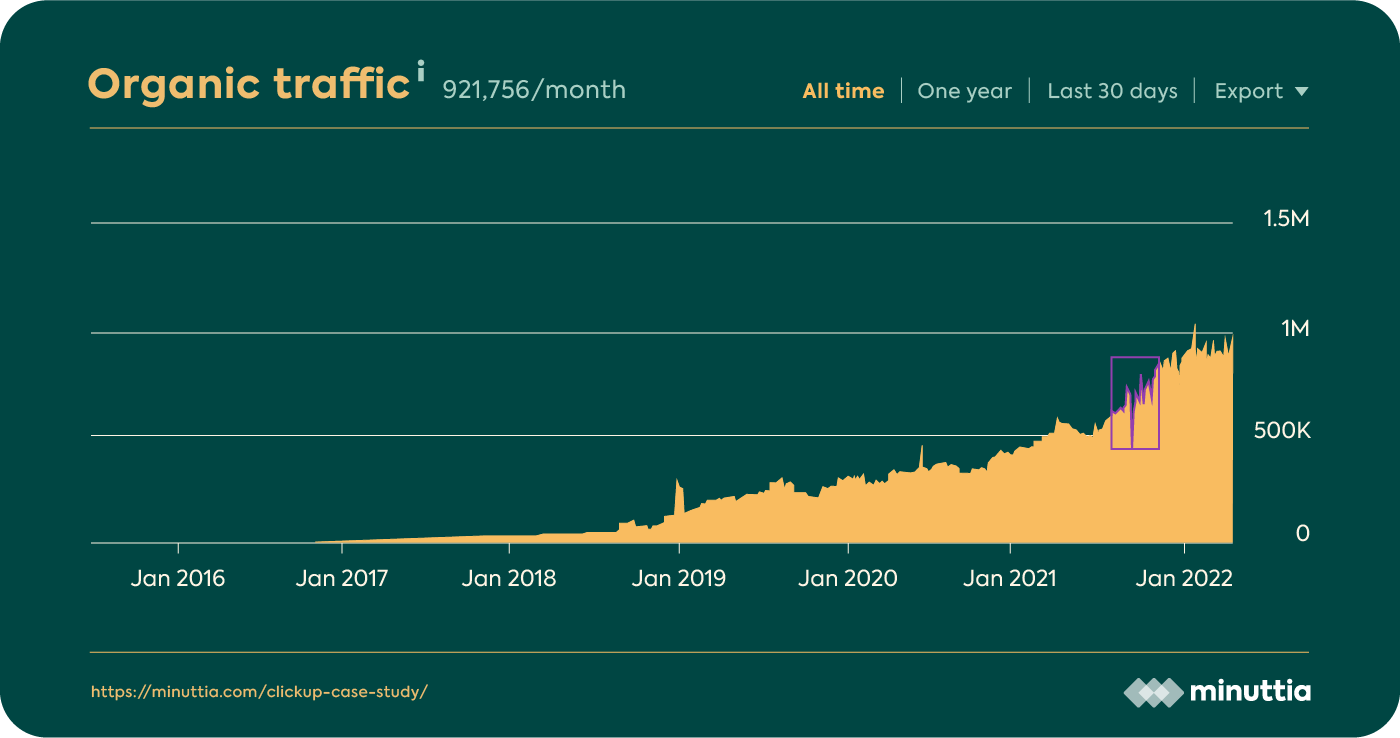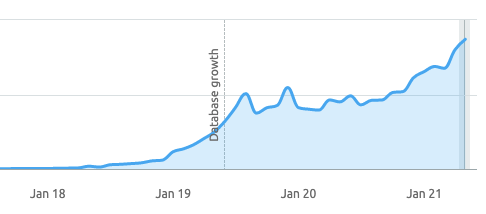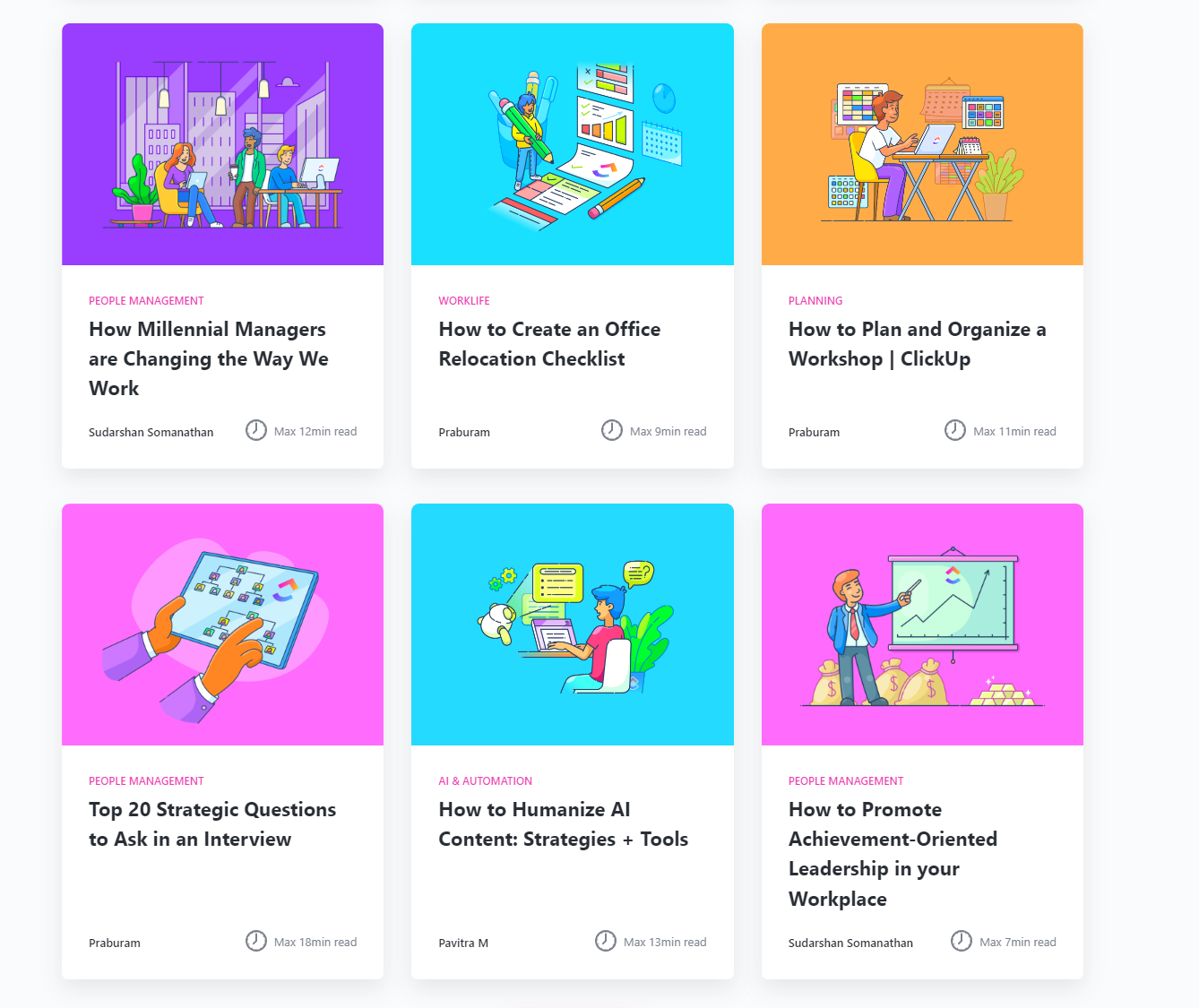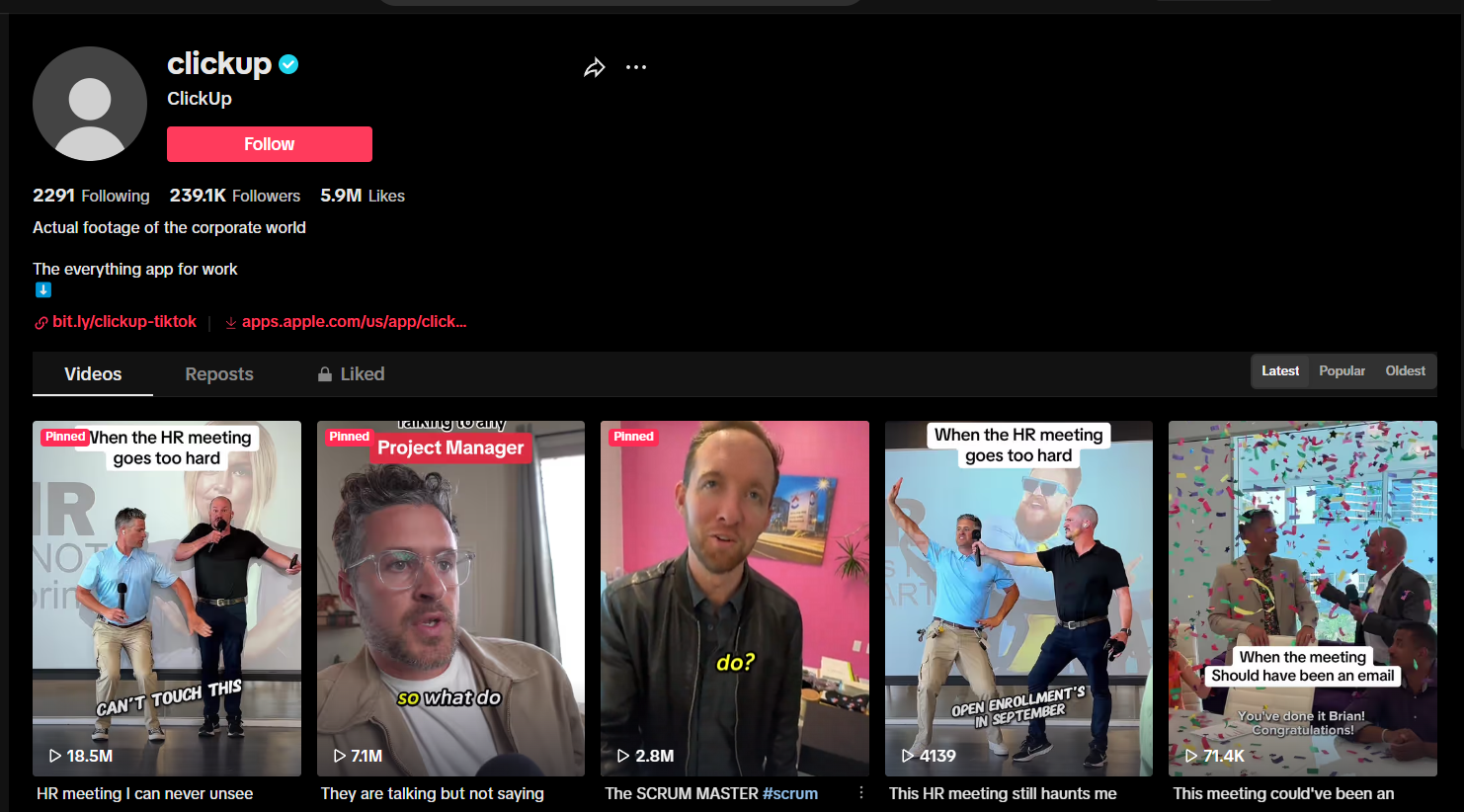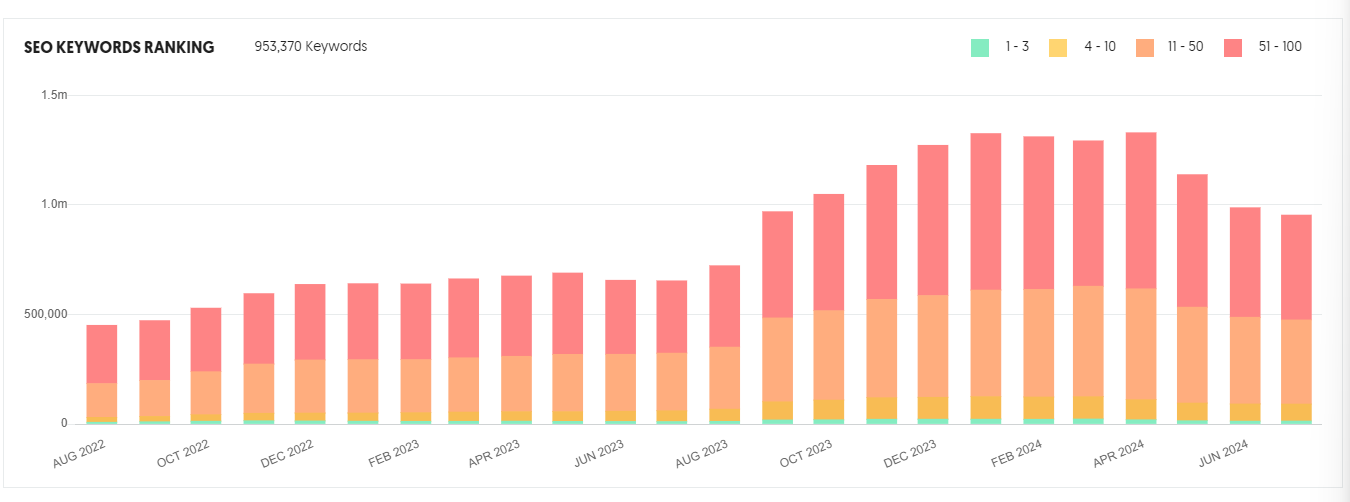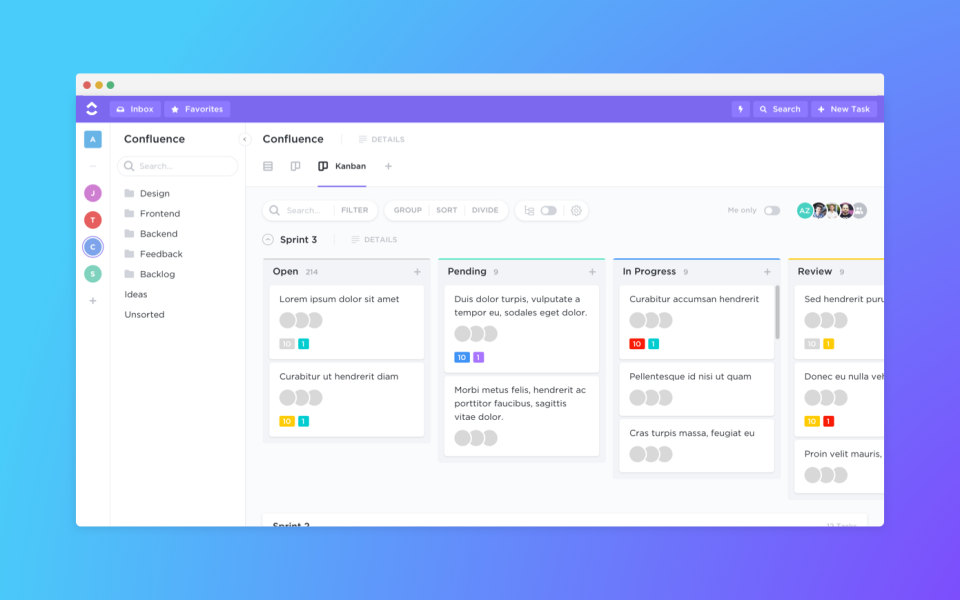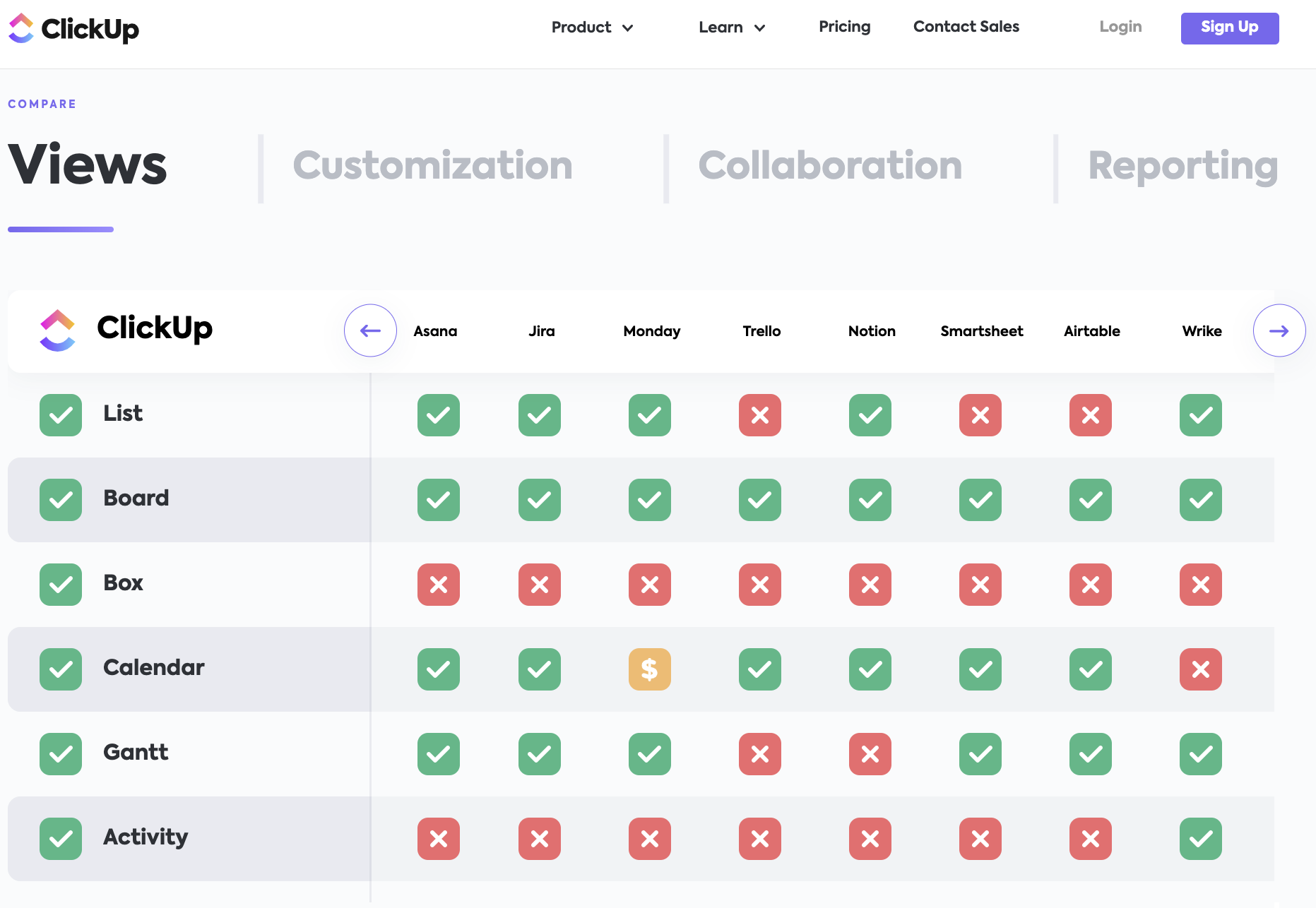Hi Everyone
I hope you're having a great week! If you missed the last newsletter, we've shifted our focus based on user feedback. Moving forward, we'll spotlight SMB growth success stories—either through collaboration with experts who’ve been in the trenches or by unpacking epic growth stories ourselves.
This week, I'm diving into the early days of ClickUp, exploring how they broke through the first $20 million ARR and navigated a crowded market with unconventional strategies.
Enjoy the read.
- Stefan
|
ClickUp's Rise to Greatness:
Bootstrapped to $20 Million ARR
Unpacked by Stefan, from CXL |
|
|
Setting the stage
ClickUp's success story is one that is close to my heart and one I often use as a reference in conversations about the power of brand differentiation. As a brand-first, content-second marketer, I believe that strong, well-differentiated brands are the ones who make it to the top.
ClickUp founder, Zeb Evans, sings a similar tune, and when you listen to him talk about their success, he often brings up their focus on brand building and organic content as key factors in their growth.
Today, ClickUp has passed the $4 billion valuation mark with an active and growing customer base of over 10 million users worldwide. But, like all companies, they had to start from zero, and they did so in a very saturated market with some serious competition on a bootstrapped budget.
What can we learn from their early strategy and philosophy, that goes against the typical advice and playbooks out there for scaling B2b companies?
Note: This breakdown will focus on the period leading up to their Series A funding round. |
Differentiate on brand To differentiate on product alone is nearly impossible nowadays. You may build something with a unique set of features, but it won't be long before someone copies or beat you. Zeb understood this and used it to win against all odds, going directly against mainstream B2B advice to niche down.
ClickUp set out to be the all-in-one productivity tool that solves tool fatigue for teams around the world, but product positioning and features came second in their playbook.
Their success started with their brand strategy. They marketed themselves as a consumer brand instead of a B2B product . They didn’t play by the same rules as everyone else in the industry.
In an interview at SaaStock 2022, Zeb explained how they decided to cast a wide net to create a famous brand in the entire market, rather than narrowing their focus to a specific niche. They emphasized getting their brand name out there first, and then switched focus to the "why."
The big lesson here for growing companies is to not forget about your brand. It really is your biggest asset and one of the best ways to stand out in a crowded market. ClickUp is testament that this approach has power. They did not build any unique features, they just combined what was out there already and slapped a great brand on top of it.
|
"Natural product market fit in the holy grail"
Evans also had a unique perspective on achieving product-market fit, which played a crucial role in ClickUp’s growth. Rather than relying artificial market fit, Zeb believed in the power of a “natural product-market fit.” This approach focused on creating a product that was inherently valuable and versatile enough to appeal to a broad audience.
The philosophy was that if you build a product with a wide range of applications, it will naturally find its market.
This approach however contrasts with the common advice to start narrow and expand later. Instead, ClickUp cast a wide net from the beginning, confident that their product’s versatility would attract a diverse user base.
The challenge however, was to get their product in-front of enough people, on a bootstrapped budget.
|
Slides from Zeb's SaaStr 2021 Presentation on growing to
$20 million ARR in 2 Years |
Casting a wide net
To overcome that challenge, they believed that in order to make their brand famous and attract enough users, they needed to cast a wide net. ClickUp didn’t limit themselves to a narrow audience segment; instead, they aimed to reach as many potential users as possible across different industries and business sizes. They wanted everyone and their mom to know about them.
This strategy was a bold move and calculated risk. Most SaaS companies in the B2B space focus on targeting specific niches to avoid spreading themselves too thin. ClickUp, however, went against this grain. They knew that the broader their reach, the more opportunities they had to resonate with users across various sectors.
To do this effectively, they focused on initiatives that would introduce as many people as possible to the ClickUp brand and its value proposition.
The takeaway here is that playing by the rules is not always the way to go. If ClickUp played it safe and only went after Dev Teams, or Marketing Agencies, they would likely not be where they are today. Their success is grounded in the bold move to be the everything-tool for everyone. |
Go hard on content marketing,
SEO and organic growth
ClickUp’s commitment to content marketing was an important part of their strategy. They went all in, creating a comprehensive library of resources that not only showcased their product but also provided real value.
ClickUp’s team has consistently published high quality articles on an (almost) daily basis for years. It started slow but inevitably gained momentum among people looking for project management advice and solutions. |
Total organic site traffic |
Organic traffic estimate trends for ClickUp.com |
From blogs and tutorials to webinars and YouTube videos, ClickUp covered all bases with a solid cadence. This strong push on content marketing not only drove traffic to their website but also built trust, educating potential users, and establishing themselves as a force to be reckoned in the productivity space. |
Their content was designed to solve problems, answer questions, and guide users on how to get the most out of their workday—all while subtly showcasing how ClickUp could be the solution to solve everyday challenges for teams around the world. They topped it off with a standout brand personality lit enough to go viral on TikTok. |
Within no time they ranked for thousands of keywords and got millions of views, driving massive amounts of organic traffic and creating a sustainable, organic growth engine.
For growth-stage SMBs, investing in content marketing is a no-brainer. But it’s not just about quantity—it’s about quality and relevance. Focus on creating content that addresses the pain points of your target audience, provides real value, and establishes your brand as a trusted resource. The organic traffic, awareness and mental availability that follow will be well worth the effort. |
By 2022 they were already ranking for 500k+ organic keywords, driving around a million visitors to their site per month. |
Build something people want to use.
At the core of ClickUp’s growth was a simple yet powerful concept: build a great product people actually want to use. This might sound obvious, but in reality, many companies miss the mark by focusing too much on adding features without considering whether those features genuinely meet their users' needs.
ClickUp’s product development was driven by user feedback and usage data. They constantly iterated on their platform, adding new features and improving existing ones based on what their users were asking for. This user-centric approach meant that ClickUp wasn’t just another project management tool; it was a tool that people genuinely enjoyed using, while solving the issues they had with competing tools.
Listen to your users. Build features and improvements that solve real problems and make your product indispensable to your customers. A product that’s loved by its users is the best growth engine you can have. |
Build fast, ship fast ClickUp’s rapid iteration and deployment cycles were critical to their ability to stay ahead in the competitive market. They didn’t wait for perfection before launching new features or updates. Instead, they adopted a mindset of building fast, releasing often (sometimes even daily), and iterating based on user feedback.
I still remember how slow and broken certain things were in the early days. It was a little annoying sometimes, but never bothered me enough to switch back to Asana.
This approach allowed them to be incredibly responsive to their users' needs, quickly addressing issues and rolling out new features that kept their user base engaged, loyal and growing.
Embrace a culture of agility and responsiveness. Don’t be afraid to launch new ideas, even if they’re not perfect. The feedback you receive will allow you to refine your product, ensuring it continues to meet the needs of your users. The faster you can iterate and improve, the more competitive you’ll be in the long run. |
Make it clear why they should pick you over the industry leaders
One of the most striking aspects of ClickUp’s strategy was their fearless approach to competition. From day one, ClickUp was on the offense and didn’t shy away from going head-to-head with the industry’s biggest players, like Asana and Trello. Instead of trying to coexist in their shadow, ClickUp went hard and positioned itself as a better alternative, directly challenging users to rethink their loyalty to these giants.
ClickUp’s aggressive competitive approach wasn’t just about highlighting their features—it was about confidently telling potential users why they should pick ClickUp over the industry leaders.
They openly compared themselves to competitors, and made bold public claims about offering more value, more features, and a more comprehensive solution.
This approach worked because ClickUp had built a product that could back up their claims. They didn’t just rely on marketing hype—they delivered on their promises, which won over users who were frustrated with the limitations of other tools.
The freemium, product-led model allowed them to lure users in an let their product do the rest. Stealing a massive chunk of market share in only a few years.
As a growing company or challenger, don’t be afraid to take on the big names in your industry. If you believe your product offers something better, communicate that confidently to your audience. Be clear about what sets you apart and why switching to your solution is worth it. After all, the industry leaders are always your biggest competition.
|
Conclusion
ClickUp’s incredible David vs Goliath journey offers valuable lessons for any marketing team at a scaling company. Their success wasn’t just about having a great product—it was about building a strong brand, casting a wide net and leveraging the power of organic content marketing while staying relentlessly focused on delivering value for their users.
ClickUp serves as a reminder that you don't always need big budgets to build something great, and that you don't always have to play by the book.
|
New Feature
Bottom-of-funnel SEO to win in tough niches
|
Gaetano DiNardi is a specialist in capturing demand.
In this CXL Feature you will learn:
✔ Why SEO should be a bottom-of-funnel play
✔ How to create content that cuts through the noise, ranks and drives results
✔ The optimal order of operations in SEO
✔ How to determine feasibility before executing Dive in now > |
B2B Marketing Metrics: 5 Examples for Stellar Reporting In a perfect world, business-to-business (B2B) sales and marketing teams should have a symbiotic partnership. When they collaborate effectively, B2B marketing metrics and reporting can be a powerful tool, driving strategic insights and shared successes.
However, the unfortunate reality for many teams is falling short of aggressive goals, missed targets, and the inevitable finger-pointing that follows.
When things are good, reporting is easy. But when things are bad, reporting can be a pretty painful process. So, if this sounds familiar, here are some examples and advice on how to best work with B2B marketing metrics when performance is less than stellar. |
✔ Unlimited team seats – big team, big savings. ✔ 120+ highly practical and detailed marketing courses. ✔ 10 deep skill-building programs. ✔ Learn from vetted top 1% marketing practitioners.
If you have a team of 10, that’d be only $672/yr per team member. $336/yr per member for a team of 20.
Start a 7-day free trial.
|
|
|
CXL, 901 S Mo Pac Expy, Suite 150, Barton Oaks Plaza One, Austin TX 78746.
Follow us on LinkedIn.
Unsubscribe from future emails like these. |
|
|
|
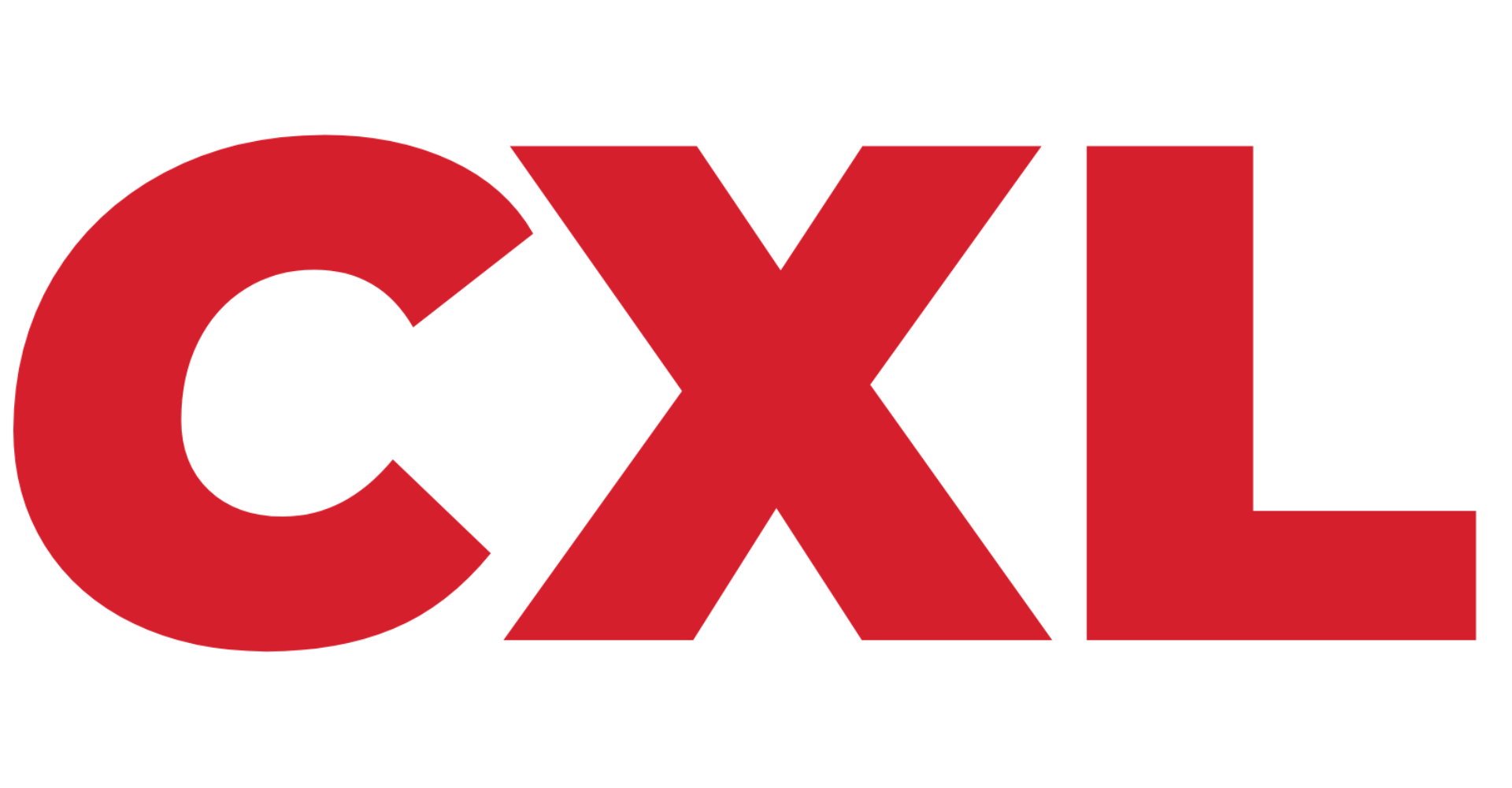
_01J5D87MY6E2WJRNBDEEHEQWRM.png)
